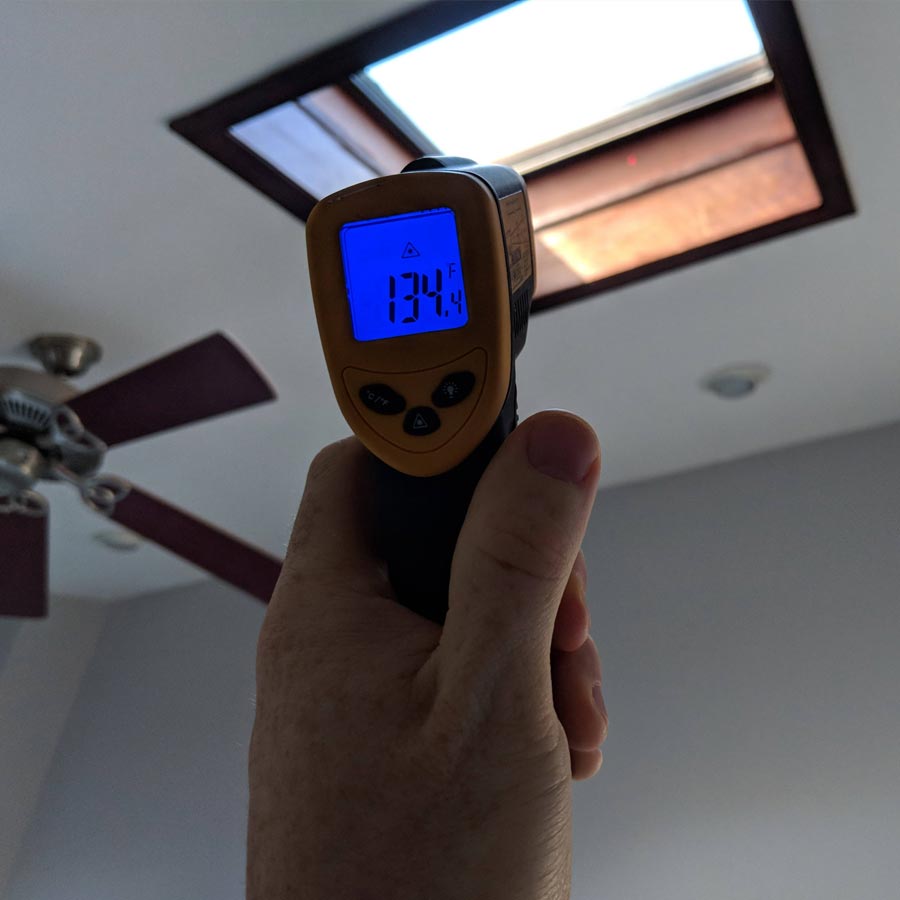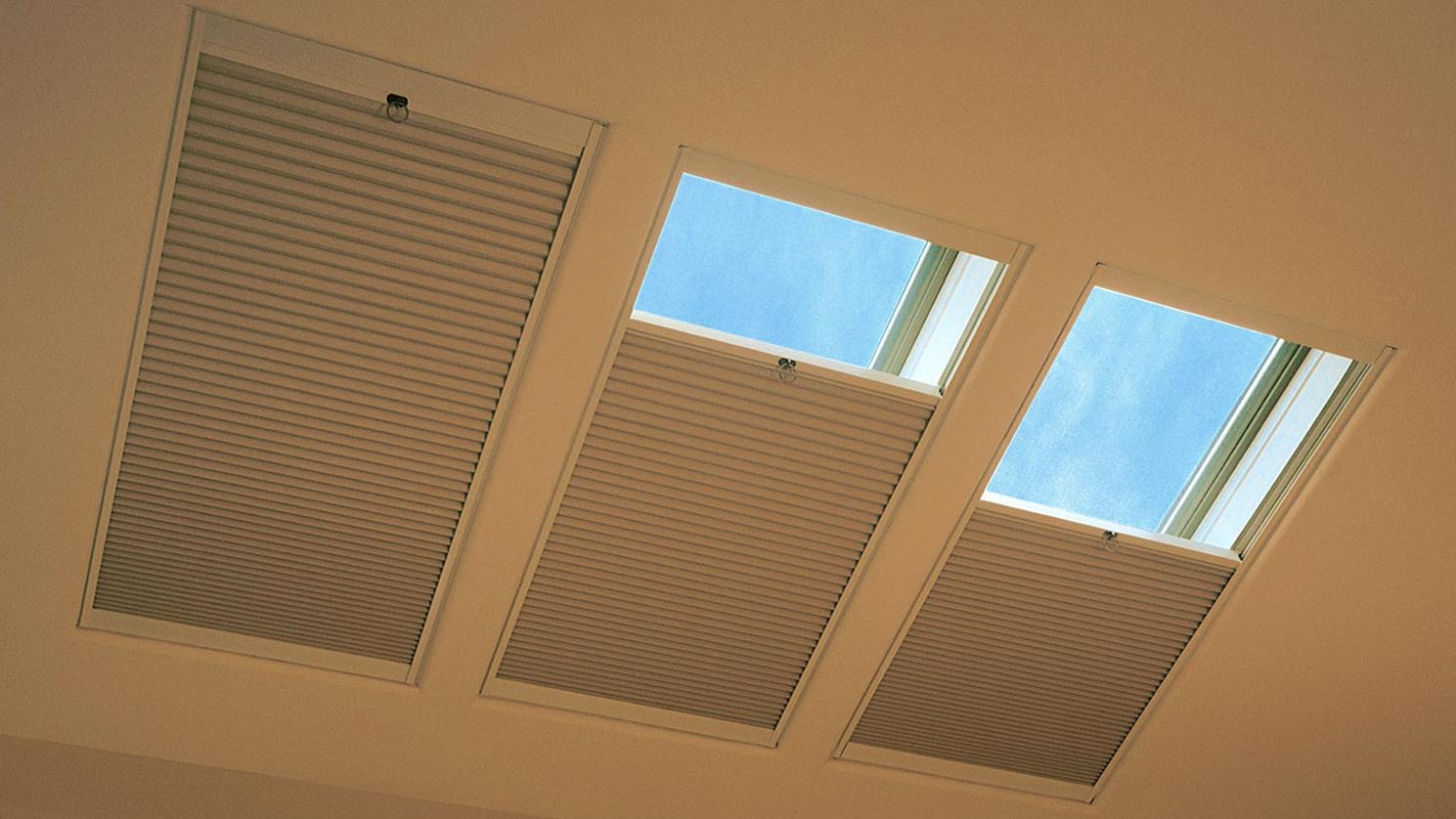Skylight Shades
HOW TO PICK SKYLIGHT SHADES
Skylight shades are becoming more popular with our customers because of the wide-ranging benefits that they provide. These shades can help significantly with heating and cooling costs depending on where you live, enhance the ability to enjoy specific rooms in a home by allowing for more control over the amount of light that is let in. What makes skylight shades more enticing is the idea that one might enjoy every one of these benefits from such a simple solution!
Skylight shades are exactly what they sound like- treatments that are (mostly) made from fabrics that allow for light and temperature control around skylights. We think it is well worth it- here is everything that you need to know about skylight shades.
Skylight Shades and Insulation
The most common argument against installing skylights in a home is that they allow for too much transfer of heat. Hot air can enter a home through a skylight, especially considering the angles at which most are installed, driving up electric cooling costs and making things generally uncomfortable. However, skylight shades, when chosen and installed properly, remain a simple, low-cost, and effective solution to this problem. Cellular shades, made from fabrics that are better at keeping warm or cool air out of a space, are the clear choice for those who are worried about heating or cooling costs related to their skylights.
According to the United States Department of Energy, cellular shades when installed correctly save homeowners on average twenty percent of their heating costs per season. For a simple solution like a cellular skylight shade, that sounds like a great deal! It is worth mentioning that skylights installed in different areas of the home can have different properties around heat transfer. Skylights that face east or west, because of the direction in which the sun rises and sets, are often fitted with multi-layered shades known for their insulative qualities.
It is not just heat from the sun that enters our home through its skylights, but also ultraviolet rays that can cause fading or discoloration of floors and furniture. Many of our customers have skylights installed in their dens and living rooms, where older more expensive furniture pieces are typically put out and concerns about discoloration are especially important. For these customers, as well as anyone trying to preserve the quality of their home’s original flooring, we recommend a cellular skylight shade, particularly in the honeycomb variety, that will do more to keep UV rays from damaging anything inside of the home.

Skylight Shades and Light Control
The types of shades that our customers choose are often dependent on preferences around whether and how much sunlight they desire in particular rooms. And considering that skylights generally let in more light from the sun than vertical windows, making the right choice of shade here is particularly important.
Imagine that it is a cold winter morning, and you are just waking up to make coffee in the kitchen. The grey light of morning coming through an open skylight in this moment certainly adds to its enjoyment. On the other hand, imagine a dark living room at movie time, everyone huddled together on the couch. What could be more appropriate than closing that skylight and keeping the sun’s light out in this moment? Our point is that a skylight shade, and the flexibility that comes with it, will immediately cause any room in your home with a skylight to be more usable and enjoyable!
Of course, there are varieties in this. We have discussed blackout shades at length in our other articles, and the point remains to be made that for those who wish to keep as much light as possible from entering their homes via their skylights, blackout shades are the best choice. Translucent shades, for contrast, produce the privacy of a shade while letting in a ton of natural light.
Finally, there are several options around how to operate your skylight shade. Motorized shades are growing in popularity for their convenience, but we find that many of our customers are happy to use a hand crank to open and close their skylight shades, or to operate them manually using a long-reaching pole. Please be careful when installing skylight shades, as most are in high-up or difficult-to-reach places. If you are hesitant about getting up onto a ladder, do not hesitate to allow our trained installers to help!
If you have any further questions about skylight shades and the ease with which they might be installed in your home, please reach out to our trained and experienced window treatment professionals! From odd angles to skylights that are decades old, they have seen it all and are ready to assist.



